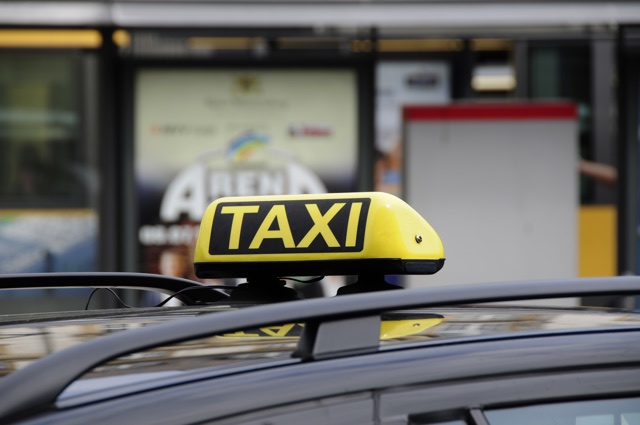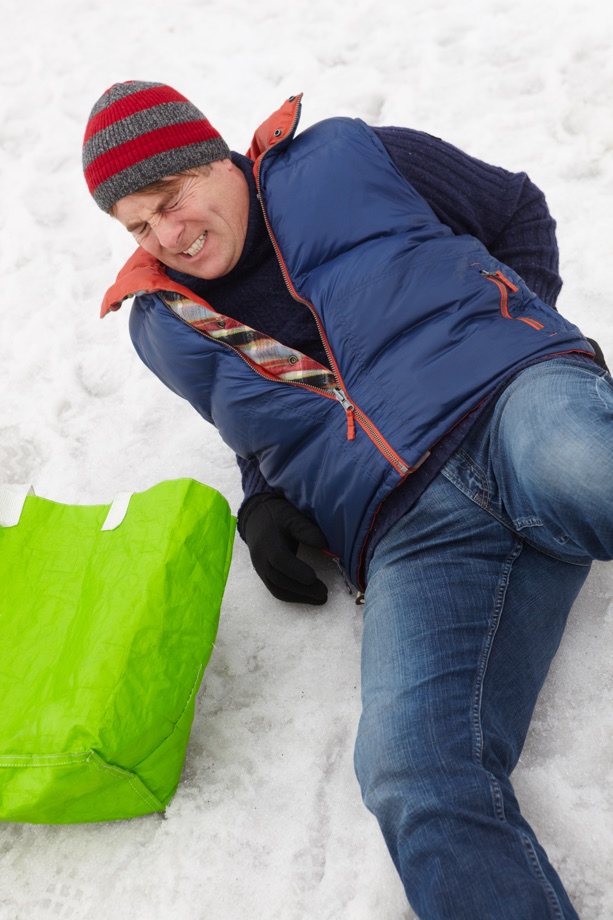What to Do if You Are Hit by a Taxi or Uber in NYC
Have you been hit by a taxi or Uber while visiting NYC? Whether you believe your injuries were caused as a direct result of the taxi or Uber driver’s negligence, or it was an unfortunate accident, you may have the right to seek compensation.
New York City is a one of the largest and most heavily populated cities in the nation. The traffic is not caused in large part by personally-owned vehicles. Most New York residents and tourists take taxis, hire Uber drivers, or use public transportation to get around. Unfortunately, these vehicles can still cause roads to be congested and potential hazards at almost any time of day. As a result, New York has seen more than its fair share of auto accidents and injuries involving motor vehicles, bicyclists, and pedestrians.
If you have been hit by a taxi or Uber, you may be wondering what to do. What actions should you take immediately after your accident? How do you go about filing a claim? Who is responsible under New York no-fault insurance laws? Do you need to hire an attorney?
Actions to Take Following an Accident with a NYC Taxi or Uber
Any time an individual is injured in a motor vehicle accident, it is important that individual take specific steps to document the accident. Documenting the scene will aid in the claim process. These are a few of the actions you should take after being hit by a taxi or Uber in NYC:
- Call 911 to report the accident and get emergency services to the scene.
- Get a full medical assessment of your condition.
- Note down the name of the taxi company or ridesharing group.
- Get the driver’s name, I.D. number, driver’s license information, commercial license, and insurance coverage for the taxi or Uber driver.
- Note down the vehicle’s license plate and any other identifying data.
- Take pictures of the accident scene with your phone or camera.
- Get contact information for eyewitnesses.
- Write down every detail you can remember about what occurred before, during and after the accident.
- Follow doctor’s orders to the letter.
- Retain legal representation. Hiring an attorney improves your chances of being able to get fair compensation, whether in a settlement or awarded in court.
Filing a No-Fault Insurance Claim
As New York is a no-fault insurance state, drivers (including those working for taxi companies, Uber and other ridesharing groups) are required by law to carry at least the basic no-fault coverage. According to the New York State Department of Financial Services, minimal coverage would provide for up to $50,000 per person in personal injury protection, regardless of who was at-fault or whether negligence was involved.
No-fault insurance pays for economic damages including:
- Medical costs
- Lost wages
- Certain other expenses directly related to the accident.
In cases where economic damages exceed the $50,000 minimum coverage, or non-economic damages were suffered as a result of serious injury, the victim may be eligible to file a lawsuit seeking fair and just compensation.
Been Hit By a Taxi or Uber in New York? Call Brandel!
If you have been hit by a taxi or Uber in NYC or other location in the state of New York, one of your first actions should be to hire a pedestrian accident attorney. Do not agree to any settlement your are offered by the taxi company, Uber or their insurance providers. Do not sign any legal documents. You have already suffered enough, both physically and financially. You don’t have to settle for less than you rightfully deserve, and you definitely should not be left having to pay out-of-pocket when you are the accident victim.
Don’t hesitate to call Brandel. Arrange a meeting with an experienced accident attorney at the Law Offices of Justin D. Brandel so you can learn about your legal rights and what it will take to pursue the maximum compensation.
- November 23, 2015
- 5:02 pm



